Standing NATO Mine Countermeasures Group 1 (SNMCMG1) have wrapped up their participation in Estonia-led Open Spirit, a ten-day operation in the Gulf of Finland aimed at mapping and clearing underwater historical ordnance.
NATO say here that with the participation of 11 nations and 21 vessels, more than 130 items of historical ordnance were identified and 49 countermined.
“Submerged munitions endanger the environment, shipping, marine infrastructure, and human safety around the world. It is estimated that mine warfare, intense in both World War I and World War II, introduced approximately 160 000 mines to the Baltic Sea, from which, up to date barely 20% have been removed or destroyed in clearance operations.
Estonia, Germany, Latvia, Lithuania, Poland, Romania, Sweden and USA, including the vessels sailing under the Standing NATO Mine Countermeasures Group 1, Baltic Naval Squadron (BALTRON) and the Swedish mine countermeasures task unit participated in the operation 19-29 April 2021.”

NATO add that as part of the operation, the Royal Netherlands Navy that leads the current rotation of SNMCMG1, contributing a staff and minehunter vessel HNLMS Zierikzee, were given a mission to clear a specific future anchorage area in front of the Estonian coastal area of Kunda.
“With their newest unmanned autonomous vehicle, the REMUS 100 NG, the ship’s crew managed to clear a part of that area, allowing the harbour to work more efficiently in the future and to deliver a vital boost to the local economy.”
Open Spirit is carried out annually with its leadership rotating between respective Baltic nations and aims for nations around the Baltic Sea to jointly gather forces to clear and map unexploded ordnance. Activities are usually targeted to most risk prone areas, and as many as 100 mines could be neutralised per one operation, depending on the clearance zone, you can read more here.


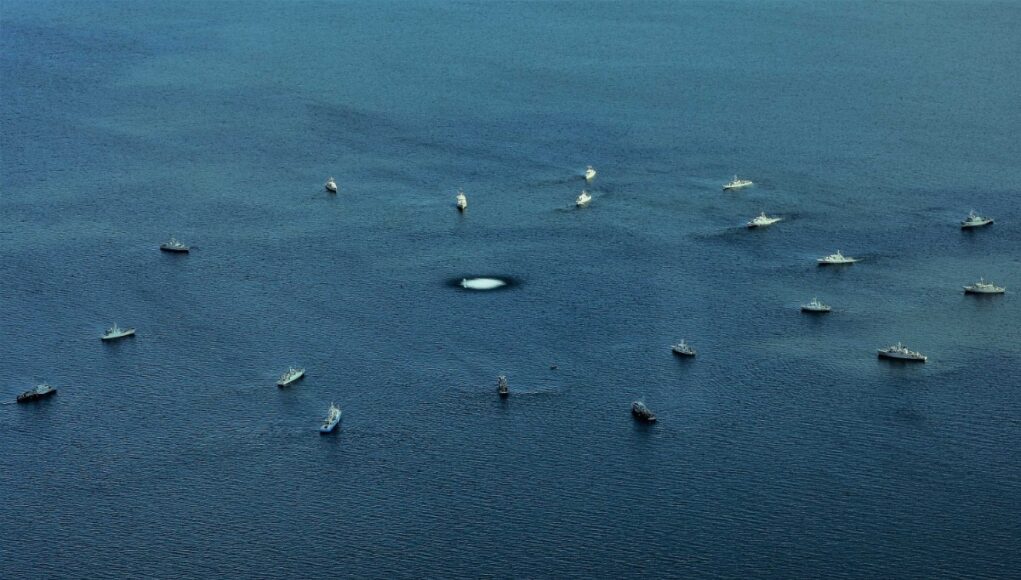
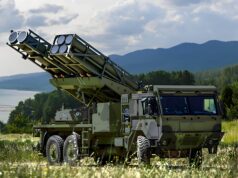

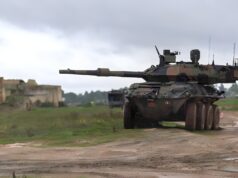
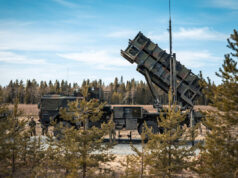
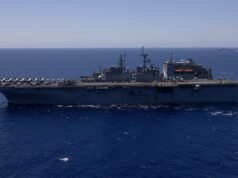
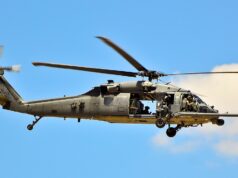
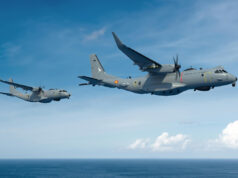
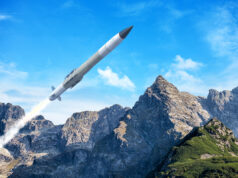

It would be interesting to have some details. Were these WW2 sea mines or other WW2 ordnance? Were British MCMVs involved?